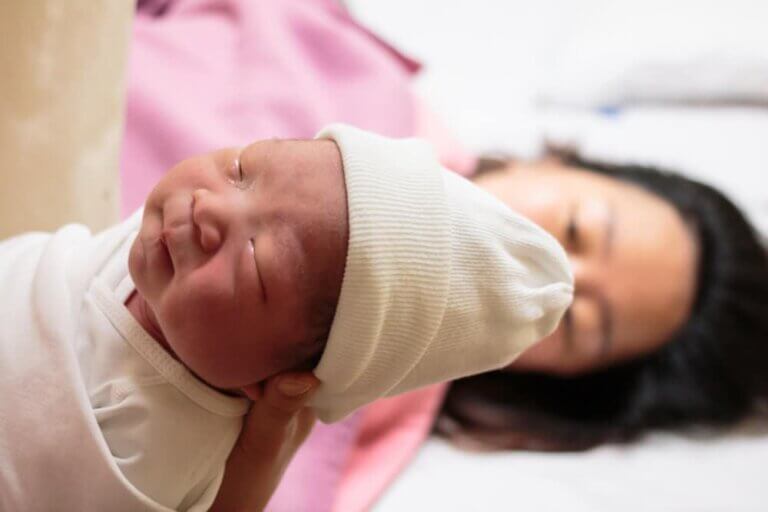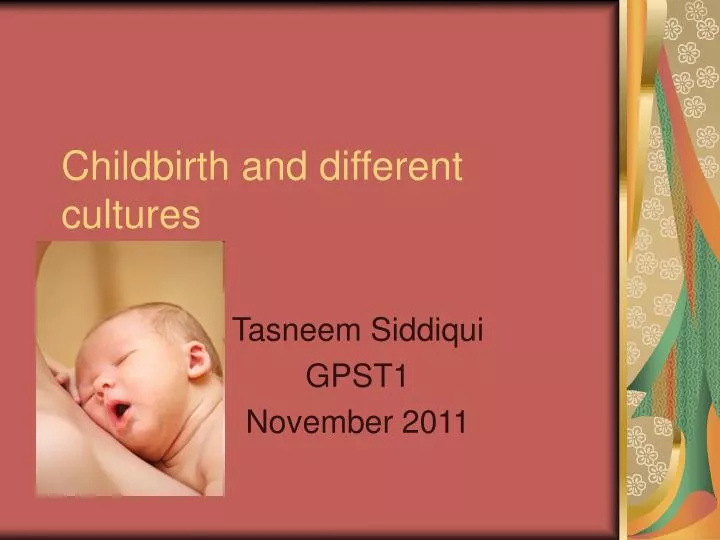Local Customs And Traditions Around Childbirth In Different Cultures
Share
Childbirth is a universal experience, yet the customs and traditions surrounding it vary dramatically across cultures. These practices not only reflect the beliefs and values of a community but also serve to strengthen familial and social bonds. In this article, we will explore some fascinating childbirth traditions from around the globe, providing insight into how different cultures celebrate this significant life event.

1. The Importance of Rituals
Rituals play a crucial role in many cultures when it comes to childbirth. They often serve to protect the mother and child, ensuring a safe delivery and a healthy start to life. In some societies, rituals are performed to ward off evil spirits or to invoke blessings from ancestors.
Example: The African Maasai
Among the Maasai people of East Africa, childbirth is a communal event. Women gather to support the mother-to-be, and traditional songs and dances are performed to celebrate the impending arrival. The Maasai believe that the presence of the community strengthens the mother’s spirit and ensures a safe delivery.

2. Unique Practices Around the Globe
Different cultures have developed unique practices that reflect their values and beliefs about childbirth. These customs can range from the use of specific herbs to elaborate ceremonies.
Example: The Chinese "Zuo Yue Zi"
In China, the practice of "Zuo Yue Zi," or "sitting the month," is a traditional postpartum practice. After giving birth, women are expected to rest for a month, during which they are cared for by family members. This period is believed to help the mother recover and bond with her newborn. Specific foods are consumed to promote healing, and certain activities are avoided to ensure the mother’s health.

3. Celebrations and Ceremonies
Celebrations surrounding childbirth often involve elaborate ceremonies that can include naming rituals, blessings, and community feasts. These events not only mark the arrival of a new life but also reinforce the social fabric of the community.
Example: The Hindu Jatakarma Ceremony
In Hindu culture, the Jatakarma ceremony is performed shortly after the birth of a child. This ritual includes the father whispering the child’s name into their ear, symbolizing the child’s first introduction to the world. It is a moment filled with joy and blessings, as family and friends gather to celebrate the new arrival.

4. The Role of Midwives and Healers
In many cultures, midwives and traditional healers play a vital role in childbirth. Their knowledge of local customs and practices is invaluable, and they often provide emotional and physical support to mothers during labor.
Example: The Indigenous Midwives of Mexico
In Mexico, traditional midwives, known as "parteras," are respected figures in their communities. They not only assist in childbirth but also provide prenatal and postnatal care. Their practices often incorporate herbal remedies and spiritual guidance, reflecting a deep understanding of both the physical and emotional aspects of childbirth.
5. Modern Influences and Changes
As globalization continues to influence cultures worldwide, traditional childbirth practices are evolving. While some communities maintain their customs, others are integrating modern medical practices into their traditions.
Example: The Shift in Western Cultures
In many Western countries, childbirth has shifted from home births to hospital births. However, there is a growing movement to incorporate traditional practices, such as the use of doulas and midwives, into modern childbirth experiences. This blending of old and new reflects a desire for a more personalized and holistic approach to childbirth.
6. The Significance of Community Support
Community support is a common thread in childbirth traditions across cultures. Whether through rituals, celebrations, or the presence of midwives, the involvement of the community is essential. This support not only helps the mother but also fosters a sense of belonging and shared joy.
Example: The Filipino "Binyag"
In the Philippines, the "Binyag" or baptism is a significant event that follows childbirth. This ceremony is not just a religious rite but also a community celebration where family and friends gather to welcome the newborn. It reinforces social ties and celebrates the new life within the community.
7. Conclusion: Celebrating Life in All Its Forms
The customs and traditions surrounding childbirth offer a glimpse into the values and beliefs of different cultures. They remind us of the universal joy of welcoming new life and the importance of community support during this transformative time. As you travel the world, take the opportunity to learn about these unique practices and celebrate the diversity of human experience.
Whether you are planning a trip to witness these traditions firsthand or simply seeking to understand them better, remember that every culture has its own beautiful way of welcoming new life into the world.
For your next adventure, consider exploring destinations rich in cultural heritage. Booking your flights and accommodations can be done easily through Hotels & Flights and for transfers, check out Transfers.




